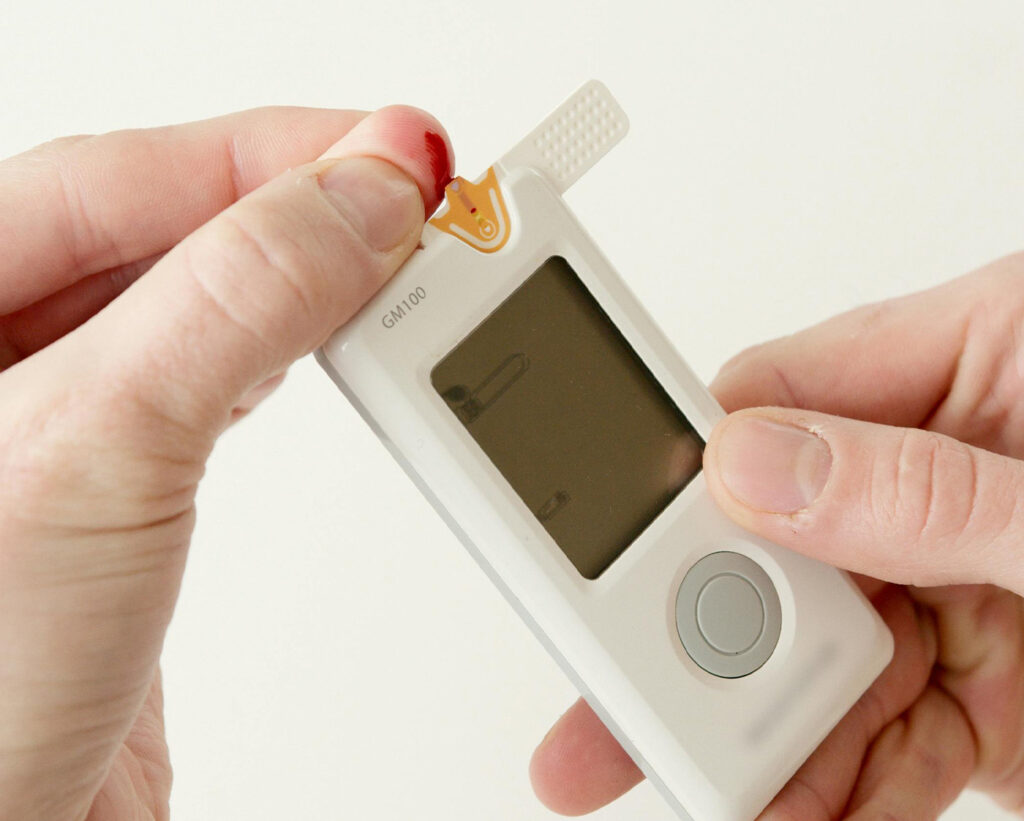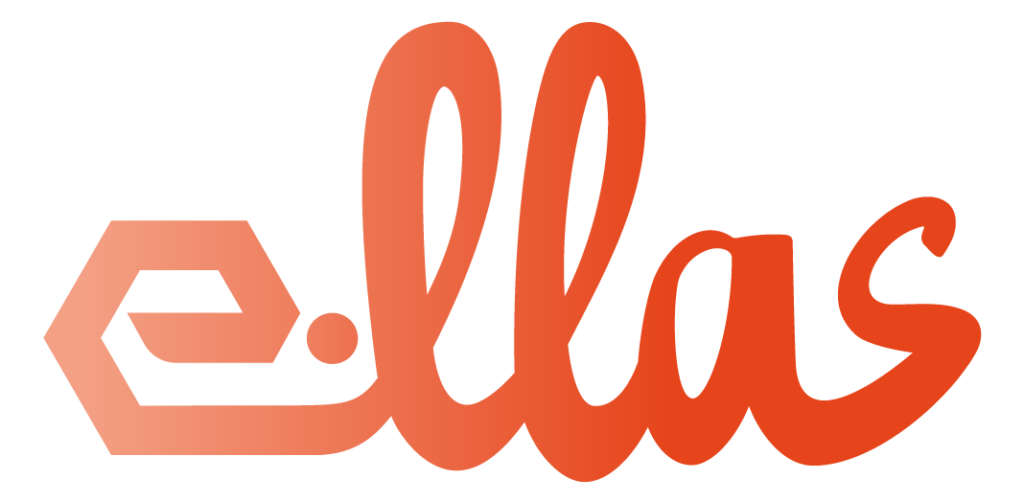
A trend study was carried out with the purpose of exploring the main areas of innovation in cancer treatment, especially in the specific case of gynecological cancer. This trend observatory was structured in two different but complementary work verticals.
On one hand, inquiries were made about emerging trends in health, focusing on areas of particular interest such as the care process and comprehensive patient support. On the other hand, starting from a detailed analysis of the critical points and identified needs in both qualitative and quantitative studies, a search for initiatives, solutions, and innovative startups that can mitigate these challenges using new processes or technologies was conducted.
Screening and Early Detection: Screening programs for gynecological cancer are constantly evolving, seeking to improve the early detection of this disease. Current programs fail to cover all women and types of cancers, hence new solutions are being developed to facilitate early detection through in vitro diagnostic techniques, thermal measurement, identification of biomarkers, or detection of tumor gangliosides, among others.
Symptom Identification: Access to online medical information is transforming how people seek diagnoses. With nearly half of European users turning to the internet for health information, applications and platforms offering symptom assessment tools, pre–diagnosis, and teleconsultation have emerged, including some focused on gynecological cancer.

Precision Medicine: Precision medicine seeks personalized treatments based on individual patient characteristics. Advances in technologies such as big data analysis and artificial intelligence are driving this trend, especially in oncology, where genetic data analysis allows for more precise diagnoses and the application of personalized therapeutic strategies to achieve maximum effectiveness and minimal toxicity in each patient.
Remote Monitoring: Digital devices and platforms offer an efficient way to monitor between medical visits. Technologies such as the Internet of Medical Things (IoMT) and digital therapies are improving the patient experience and reducing the burden on healthcare professionals.
Exercise: Physical activity adapted to cancer patients, whether through group programs or online platforms, is proving beneficial for physical and emotional recovery. The use of digital devices is becoming increasingly common, allowing for precise monitoring of the patient’s progress.
Nutrition: In this area, we see how new technologies allow cancer patients or survivors to access nutrition resources, receive personalized guidance, and connect with support networks. There are also projects focused on investigating the relationship between nutrition and cancer.
Sexual Health: Digital technologies are revolutionizing the approach to women’s sexual health, providing educational resources, therapy, and online monitoring for issues such as early menopause and pelvic floor weakness, while reducing the taboo around discussing this topic.
Fertility: Cancer and its treatments can affect women’s fertility, and to offer alternatives to this issue, solutions that help optimize and improve assisted reproduction processes stand out. There are also several initiatives focused on providing information, resources, and psychological support through apps or platforms.
Emotional Support: Initiatives such as psycho-oncology sessions, integrative therapies, cognitive-behavioral therapies, or acceptance and commitment therapies are essential for patient support. This support can range from digital tools, increasingly facilitating accessibility to these resources.

These advances in socio-health and comprehensive health trends are transforming healthcare and improving the quality of life for patients with gynecological cancer, and they are key lines of research to find solutions that address the prioritized challenges launched in the e-llas open innovation call.
Referencias:
[1] Sociedad Española de Medicina de Familia y Comunitaria . El 54% de la población utiliza Internet para informarse sobre temas relacionados con su salud. [Internet] semFYC.es [accessed on February 26, 2024]. Available at: https://www.semfyc.es/actualidad/54-por-ciento-poblacion-internet-y-salud#:~:text=TIC-,El%2054%25%20de%20la%20poblaci%C3%B3n%20utiliza%20Internet%20para%20informarse,temas%20relacionados%20con%20su%20salud
NP-ES-AOU-WCNT-240004 (v1) 02/2024

For more information, please contact your healthcare professional.
NP-ES-AOU-WCNT-240001 (v1) 02/2024